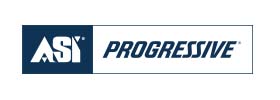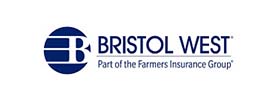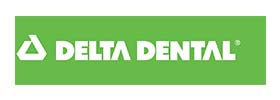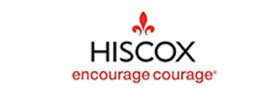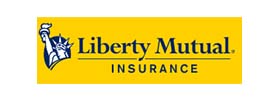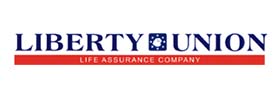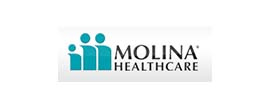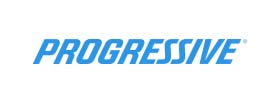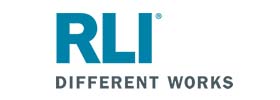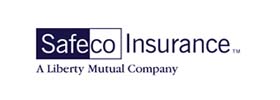
5 simple tips to maintain a healthy cash flow
BIZ Journals.com | Oct 17, 2022 | cash flow | Shield Business Insurance | Shield Quoting Portal
Every business needs cash to grow. A healthy cash flow opens the door to new markets, new products and services, and expanded advertising and hiring, among other things.
In short, cash is the lifeblood of a business. If you want to improve your company’s cash flow management, there are five key areas to focus on.
1. Improve your cash flow visibility and control
The first step in improving any business system is evaluating where it is today. For cash flow management, that means understanding your cash inflows and outflows.
Does your revenue vary throughout the year, or is it steady from month to month?
Are your expenses predictable, or are there areas that need a larger cushion?
Which divisions show the highest profit margins?
Are there any “loss leaders” that require cash to support the rest of your operations?
This kind of visibility into your cash flow is important at every stage of business growth, but larger operations have a lot more moving parts. That can make it tough to monitor your business finances.
For example, are siloed departments paying twice for the same service because they don’t realize they could be splitting that cost? Is the insurance plan that started five years ago still the best plan for the company today?
As a business expands and more people have authority to spend, centralized finance teams can find it challenging to oversee expenses.
Entrepreneurs in the early stages of startup growth might get the insights they need from accounting software like QuickBooks alone, but more complex operations can benefit tremendously by adding business payments software, like BILL, to their fintech stack.
2. Limit cash outflows by trimming expenses
Once you have good visibility into your expenditures, you’ll start to see places where you can cut costs and improve your business’s cash flow by limiting outlays that aren’t adding value.
Cut outdated subscriptions
Review business services that bill monthly to make sure your company is still getting value out of them. As people come and go, it’s far too easy to keep paying bills without thinking about it.
Check for any of these cost-bloating culprits:
- Multiple subscriptions to the same service.
- Services that duplicate functionality.
- Services that have lower-cost alternatives.
Compare alternative suppliers and vendors
Shop for new options regularly for everything from internet providers to insurance policies. Remember to check in with department heads to see which services they’re happy with and which ones leave something to be desired. Subpar services are great opportunities to try something better that might be cheaper, more efficient, or both.
Control your energy use
Are you lighting, heating or cooling your buildings even during off hours? Use timers and motion sensors to reduce energy usage when facilities aren’t occupied, and look for energy-efficient upgrades like LED lights or sustainable energy systems that can pay for themselves over time.
Reduce short-term and long-term liabilities
Most companies depend on business loans or other financing to pay for assets and invest in business growth, at least to some extent. Review your current and noncurrent liabilities to compare interest rates and usage.
For example, are you paying high-interest rates on credit card purchases you could finance a better way? Are there long-term loans you could refinance to your advantage?
As your company improves its financials, lenders will be more willing to offer better rates, especially if those improvements include greater cash flow visibility, transparency, and control.
Control cash flow expense accounts
Some of the toughest challenges in managing cash flow are expenses you don’t see until after the fact, like employee reimbursements. Bring expense accounts under control by setting specific budgets ahead of time.
Sound easier said than done? Tools like Divvy, a BILL spend and expense management solution, can help you set and stick to those budgets, so you can release any “cushions” you’ve been holding to cover unknown expense accounts and earmark those funds for other things.
Look for vendor discounts
Many suppliers offer discounts based on volume, early payment or contract length. Call your suppliers and service providers regularly to discuss your accounts and explore opportunities for improved payment terms.
3. Control the timing of your cash flow
Click here for the full story on Cash Flow…
More Blogs by Shield Insurance Agency
- Winterizing Your RV in Michigan: Insurance Tips for Cold Weather Protection
- Trunk or Treat with Patmos Library 2025 — A Spooktacular Night to Remember!
- Stay Safe, Prepared, and Have a Spook-tacular Night!
- Unexpected Winter Preparations You’ll Be Glad You Made
- Fun, Fall, and Festivities at Hudsonville Urban Hay Day!



















